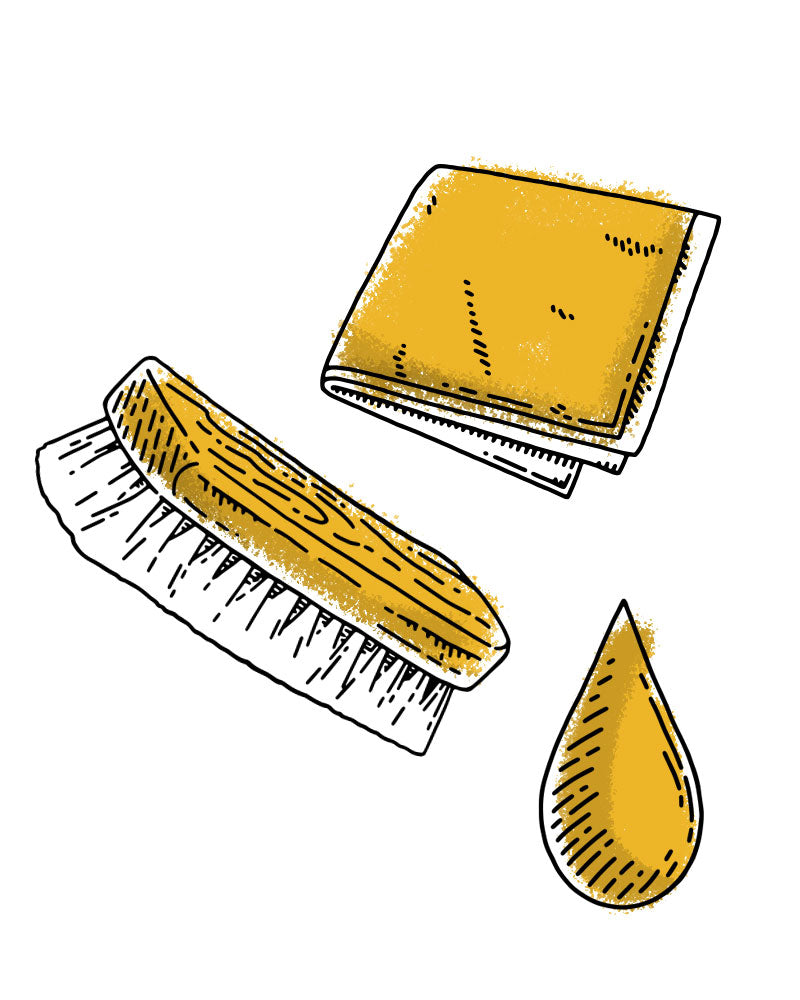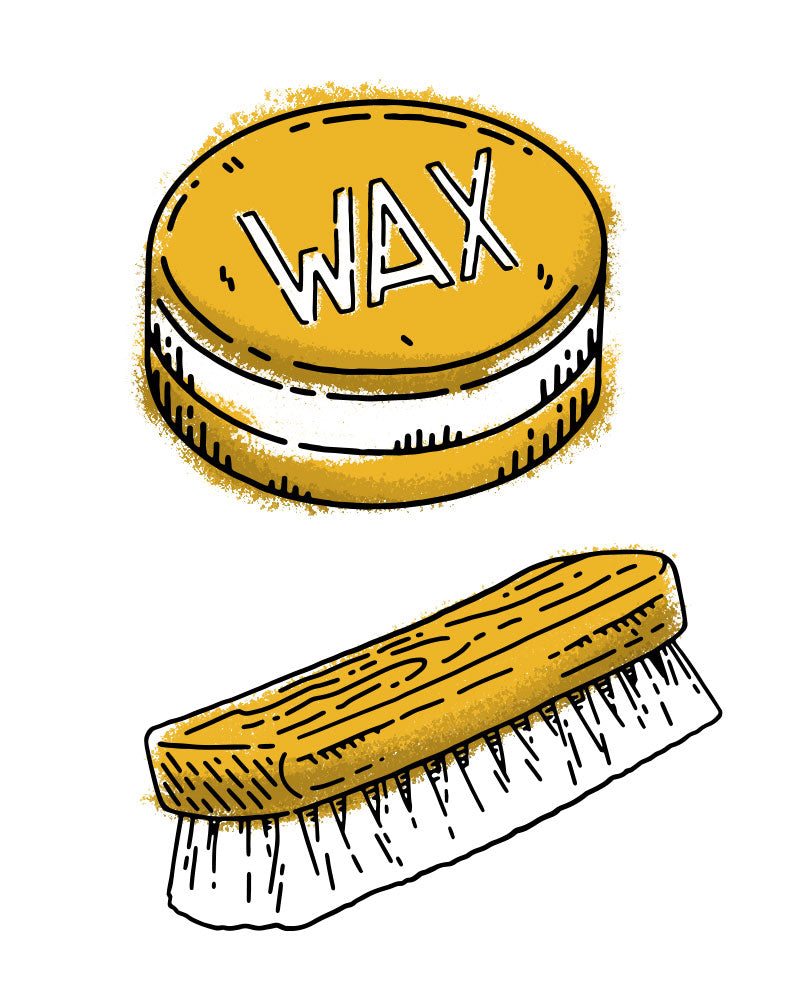Basic Details
Leather Name: Black Shrunken Bison
Maintenance: Occasional application of Truman Boot Protector
Tannery: Law Tanning
Tannage: A uniquely American leather, from the American Bison, shrunken resulting in this wild texture
Weather Resistance: Moderate weather resistance, bolstered by application of Boot Protector
Availability: Rotationally Stocked
Truman Why: Black Shrunken Bison is a hefty leather, marked by its unique, one of a kind texture. Very thick, and even more supple.


About the Tannery
Law Tanning
Established in 1936, Law Tanning is a fourth-generation, family-owned business, reflecting a deep-rooted commitment to leather craftsmanship. Law Tanning stands as a testament to American leather manufacturing, combining traditional techniques with modern approaches to produce fine leathers for various applications.
The Look
Smooth vs. Rough Out: Unique shrunken texture
Glossy vs. Matte: Glossy
Patina Potential: 2/10, generally retains appearance, can become burnished in places with frequent rubbing
Color: Black through and through
Texture: Highly textured leather, "plating" resulting from shrinking process


The Feel
Thickness: 8.5oz // ~4mm
Stiffness: Supple
Break-in Difficulty: Very little time to break-in; responds quickly to wear

Cleaning
1. Using a horse hair brush, lightly brush to remove any debris, dust and dirt from the uppers.
2. Take a wet-but-not-dripping, clean cloth to further release any stubborn dirt, and pickup all additional buildup.
3. If there is dirt or mud thickly caked on that does not come off with just water, we recommend our Leather Boot Cleaner. This can be applied directly to the leather, followed by gentle pressure with a horsehair brush to lift persistent dirt from the leather.
4. Using a clean, dry cloth, remove any excess water and/or excess cleaner, if used.
5. Air dry only — quickly drying with heat can shrink, deform and otherwise crack the leather.

Conditioning
Just like your skin, leather becomes dry and needs to be reconditioned to retain its strength, prevent cracking and therefore prolong its lifespan. Frequency of conditioning is dependent on three things: the leather, your lifestyle and the climate in which you live.
For frequently worn boots, you may want to condition as often as five or six times a year. If your boots sit amongst a collection of boots — resulting in infrequent wear — they may not need conditioning for years.
You will want to prevent the leather from drying out with the occasional application of conditioner, such as our Leather Protector or Leather Cream.
Using a horse hair brush designated solely for conditioner, apply a small amount first to the brush, and then gently brush in the conditioner using swift, intentional movements. For water resistance, our Leather Protector is the better choice of conditioner, and should be applied to all seams in addition to the upper leather.
Signs that your boots need to be conditioned include stiffness or a feeling of dryness to the touch.
Leather should never be allowed to get so dry that visible cracking occurs on the surface.





